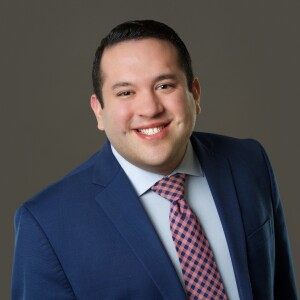BOISE, Idaho — Many area students are now back in the classroom full time, or at least four days a week after more than a year of learning in a mostly virtual setting.
Some school districts gave students and parents an option of hybrid, virtual or in-person, while other districts told students it's time to come back. Returning to full-time, in-person learning has been a hot topic for months as officials discussed plans to make sure it was safe.
"For the most part, we're just hearing that they're excited to have the kids back things are going well, kids are following the rules," said Char Jackson, West Ada School District spokesperson. "We know that teaching remotely and, in the hybrid, model has its own set of difficulties and I think just getting back to normal teaching just normal classroom, everyone in the classroom at the same time has been kind of a relief for them."
"We're excited to have our students back, our staff is excited to be back as well, and so we understand that the most effective means by which people, our students, can receive an education is in person face to face," said Dan Hollar, Public Affairs Administrator for Boise School District.
Educators are also warning families that it's not about what just happens inside the classroom to mitigate the spread of COVID-19.
"The key is to make sure we don't bring the virus into the school. So, it's important not only to follow the COVID-19 protocols when you're in school, but also just as important outside to make sure you're following those protocols as well" said Hollar.
The pandemic has impacted all of our lives and education professionals are no different.
"I think the biggest way it's probably changed for us is, I think we're going to have to always continually look at illness in a way and just make sure that we have the staff available to teach, I think that's something we'll want to continue to watch and how that reflects in the community that often reflects us in our schools as well. The second one is to really look at, which we've always done which before, but looking at our student's achievement, and where they're at, I think we're going to want to have a little bit more specific focus on trying to close any learning gaps that may be there from, from the pandemic," said Gregg Russell, assistant superintendent for Nampa School District.
One positive thing the pandemic has caused is a dip in dropout rates, and an increase in the overall graduation rate.
"Typically, in a normal year, we do have anywhere from about 60 to 80, sometimes more kids that from one semester to another semester that don't enroll, or they may not finish, we did not see that this year, which is really surprising, we expected to see what we call our January kind of drop and that that really didn't occur," said Russell.
The school year is not over yet and these numbers could and probably will change, also these numbers do not account for those who may have decided to continue their education elsewhere. Not all districts have seen a decline but there has been changes overall.
West Ada School District's dropout numbers are from students who were officially coded out as dropout.
— Jake Garcia (@JakeGarciaTV) April 8, 2021
20-21: 76 students
19-20: 46 students
18-19: 78 students
What is the State of Public Education Locally?
"I think the state of education in the Boise School District is strong. And it is strong because we have the support of our community and our staff members that we are not taking that for granted by any means. We continue to engage our community and make sure that their voices are being heard as we make decisions, and the board is committed to that as well. And now the focus now is with the good news about the vaccine being available for 16 and older to make sure that we have that information readily available for our families. And so, we've been communicating about that and getting the information out," said Hollar.
For the Nampa School District, Russell said they are optimistic and already beginning to plan for the future.
"We're starting to plan a little bit for the summer and some of the summer schools, starting to look at what next year could be and starting to kind of move out of the constant COVID day to day management things that we've done and looking ahead of our future instructional goals that we want to do," said Russell.
"I think I think we feel like we're all on a positive path right now. Getting our upper grades back has been a big step. And I think we're just all hoping that we can continue that into next school year," said Jackson.
Earlier this year, the Idaho State Department of Education released graduation rates that saw improvement even at the start of the pandemic.




